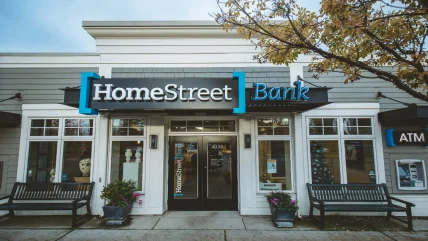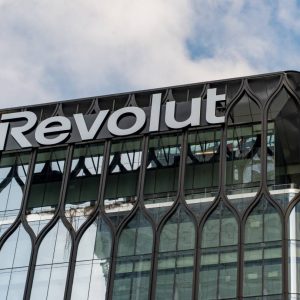
HomeStreet, the parent company of HomeStreet Bank, has agreed to divest $990m worth multifamily commercial real estate loans to Bank of America.
The transaction, structured on a servicing-retained basis, is valued at 92% of the loans’ principal balance, including the retained servicing rights.
Headquartered in Seattle, Washington, HomeStreet is a diversified financial services company specialising in real estate lending, mortgage banking, and commercial and consumer banking.
Its primary subsidiary, HomeStreet Bank, serves clients across the western US and Hawaii.
HomeStreet board chairman, president, and CEO Mark Mason said: “Entering into this agreement and completing the sale of $990 million of multifamily loans is the first step in implementing a new strategic plan which we expect to result in a return to profitability for the Bank and on a consolidated basis early next year.
“The pricing of the loan sale reflects the current interest rate environment and that the loans being sold are primarily lower yielding loans with longer duration than the overall portfolio.
“The proceeds from the loan sale will be used to pay down FHLB advances and brokered deposits which carry substantially higher interest rates than our core deposits.”
The deal is expected to be completed by 31 December 2024.
The announcement follows earlier news of HomeStreet’s definitive merger agreement with FirstSun Capital Bancorp, the parent company of Sunflower Bank.
Under the agreement, HomeStreet and its banking subsidiary were set to merge with FirstSun and Sunflower Bank, respectively. HomeStreet shareholders were to receive 0.4345 shares of FirstSun common stock for each HomeStreet share, equivalent to $14.75 per share.
The merger was projected to create a regional bank with $17bn in assets, operating across 129 branch locations in the US, and listed on the NASDAQ. HomeStreet Bank was expected to continue operating under its tradename in its current markets.
However, in October 2024, FirstSun Capital Bancorp and HomeStreet disclosed that regulatory approvals required for the merger had not been obtained.
Based on discussions with the Federal Reserve and the Texas Department of Banking, both institutions were asked to withdraw their merger applications.
The banks were then exploring alternative regulatory structures to proceed with the merger.






